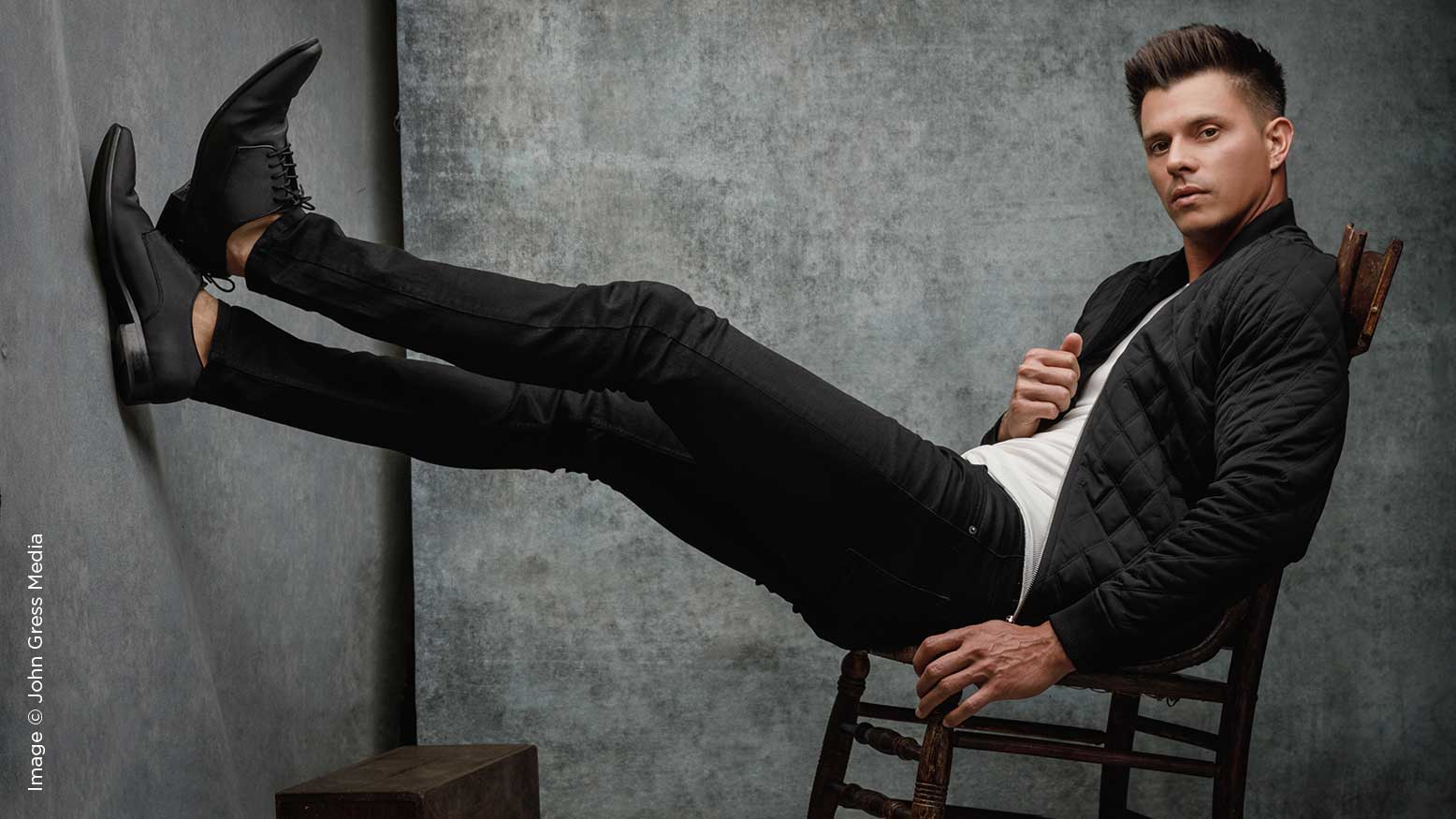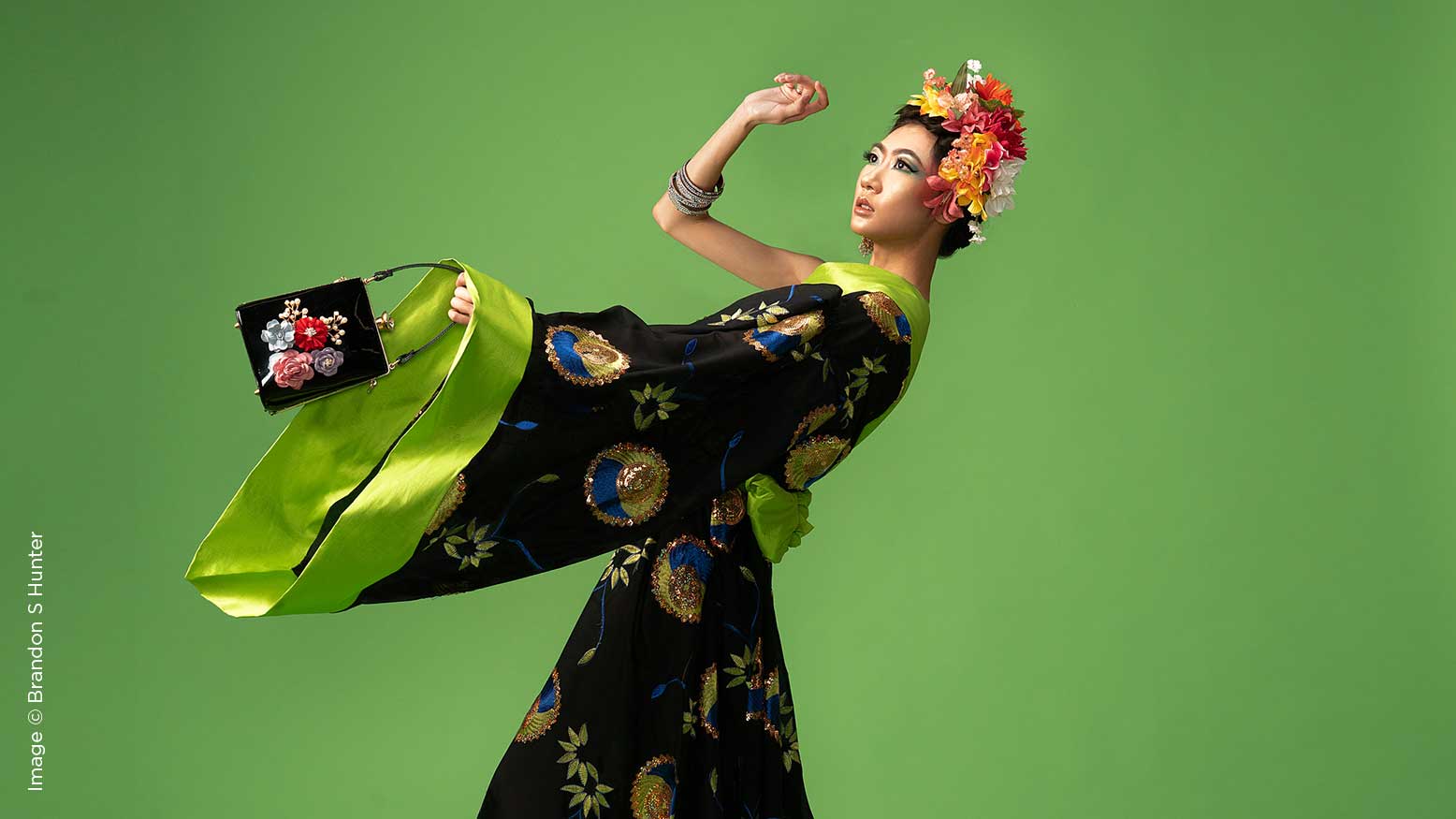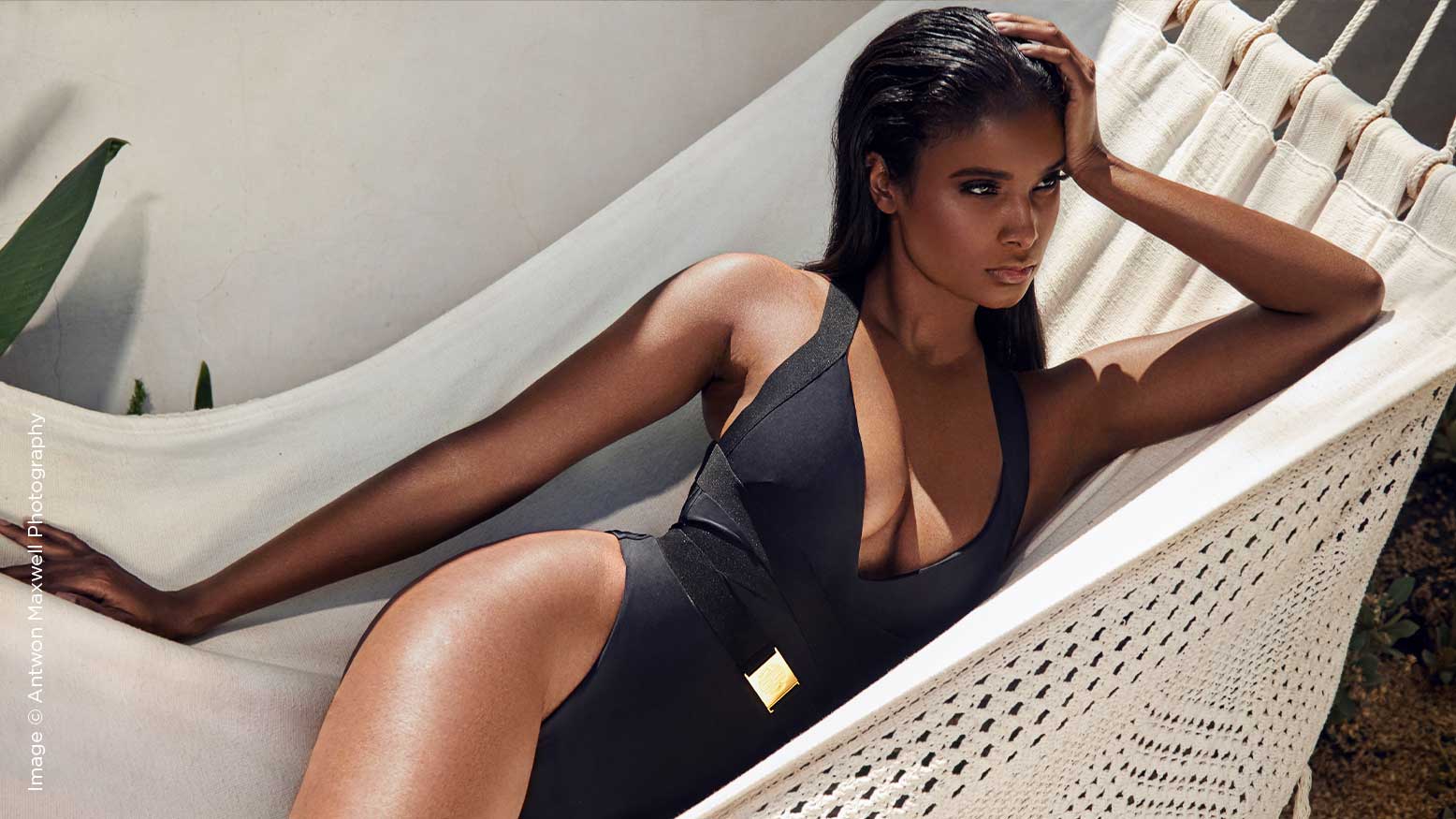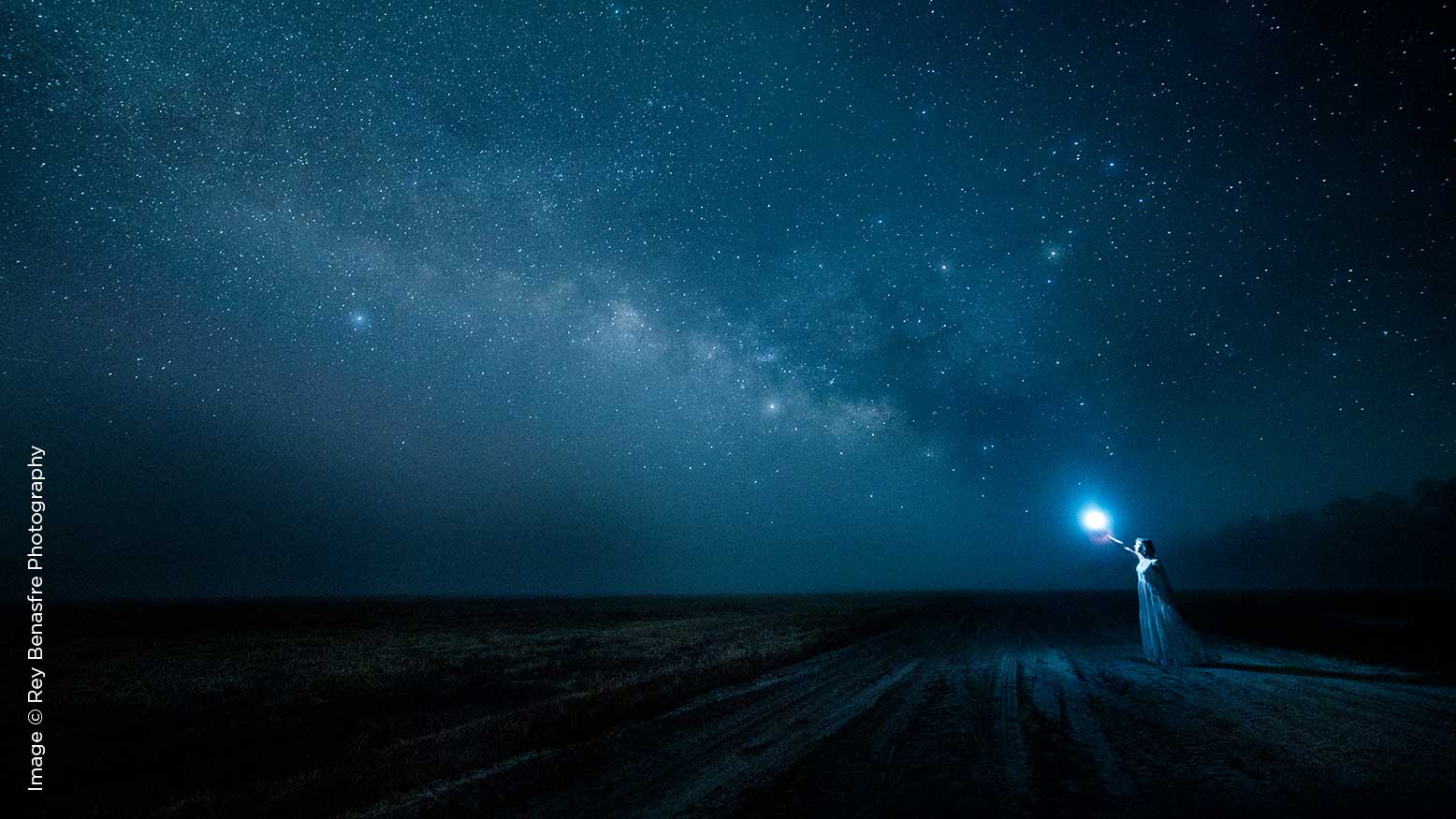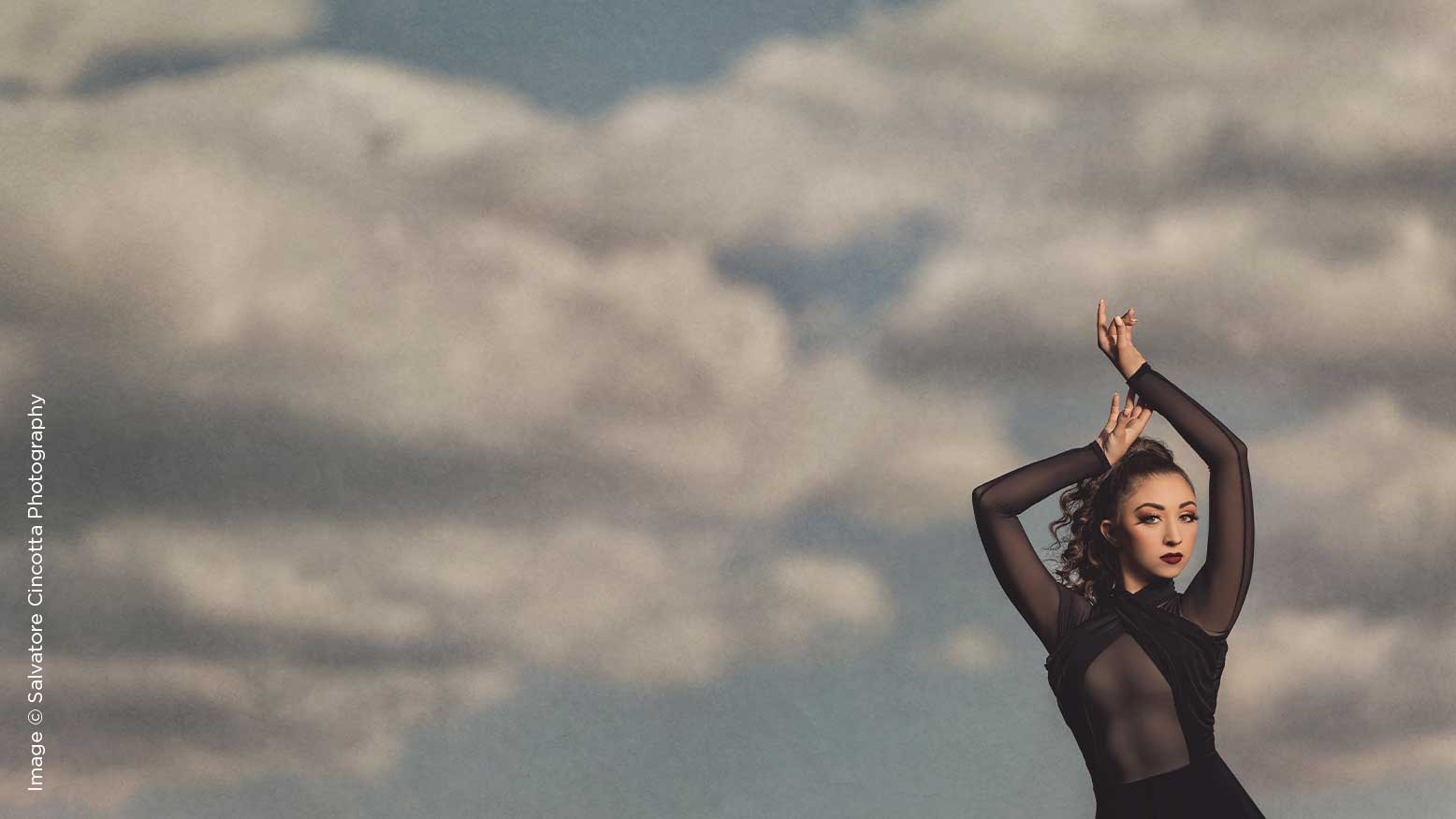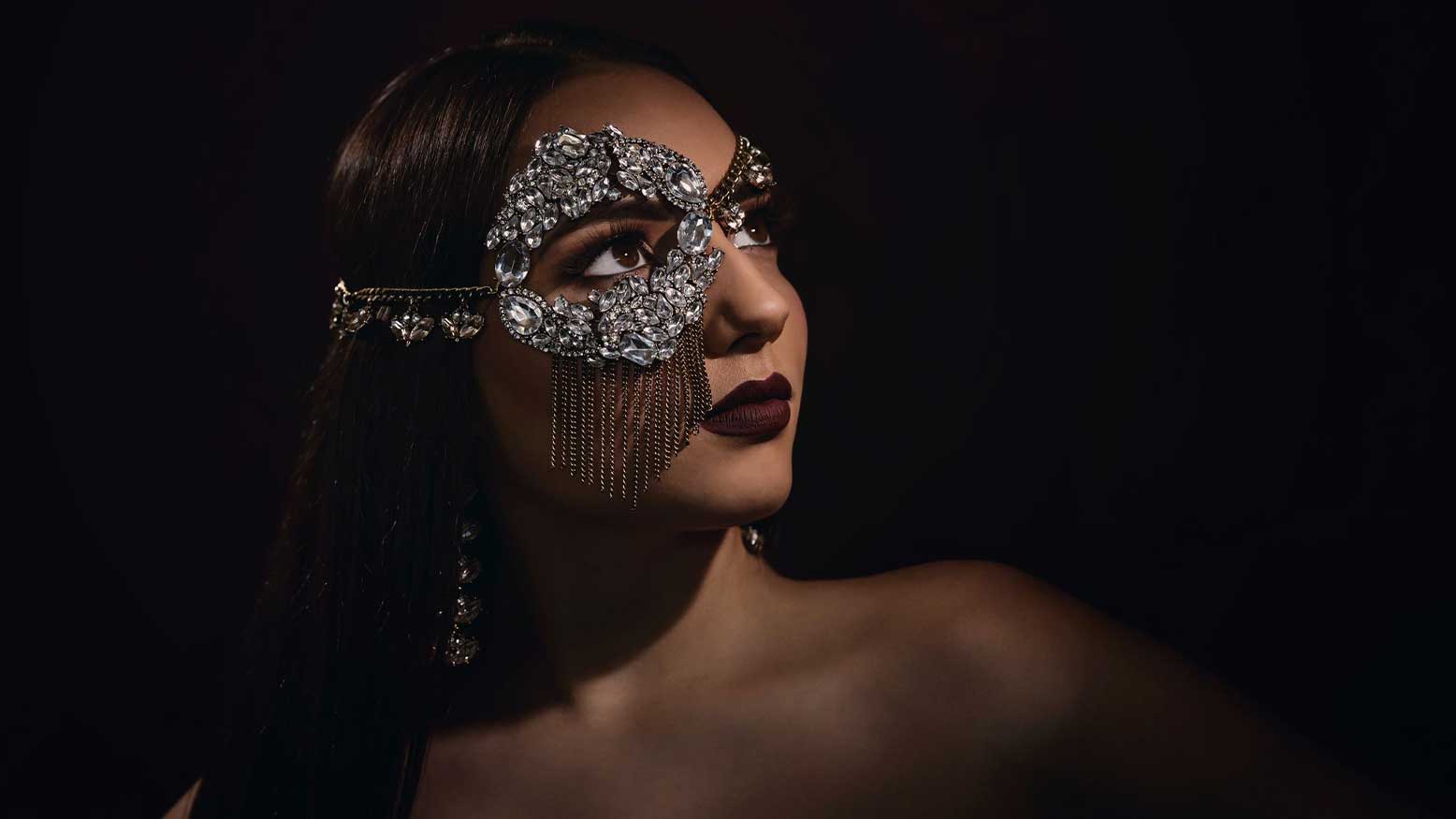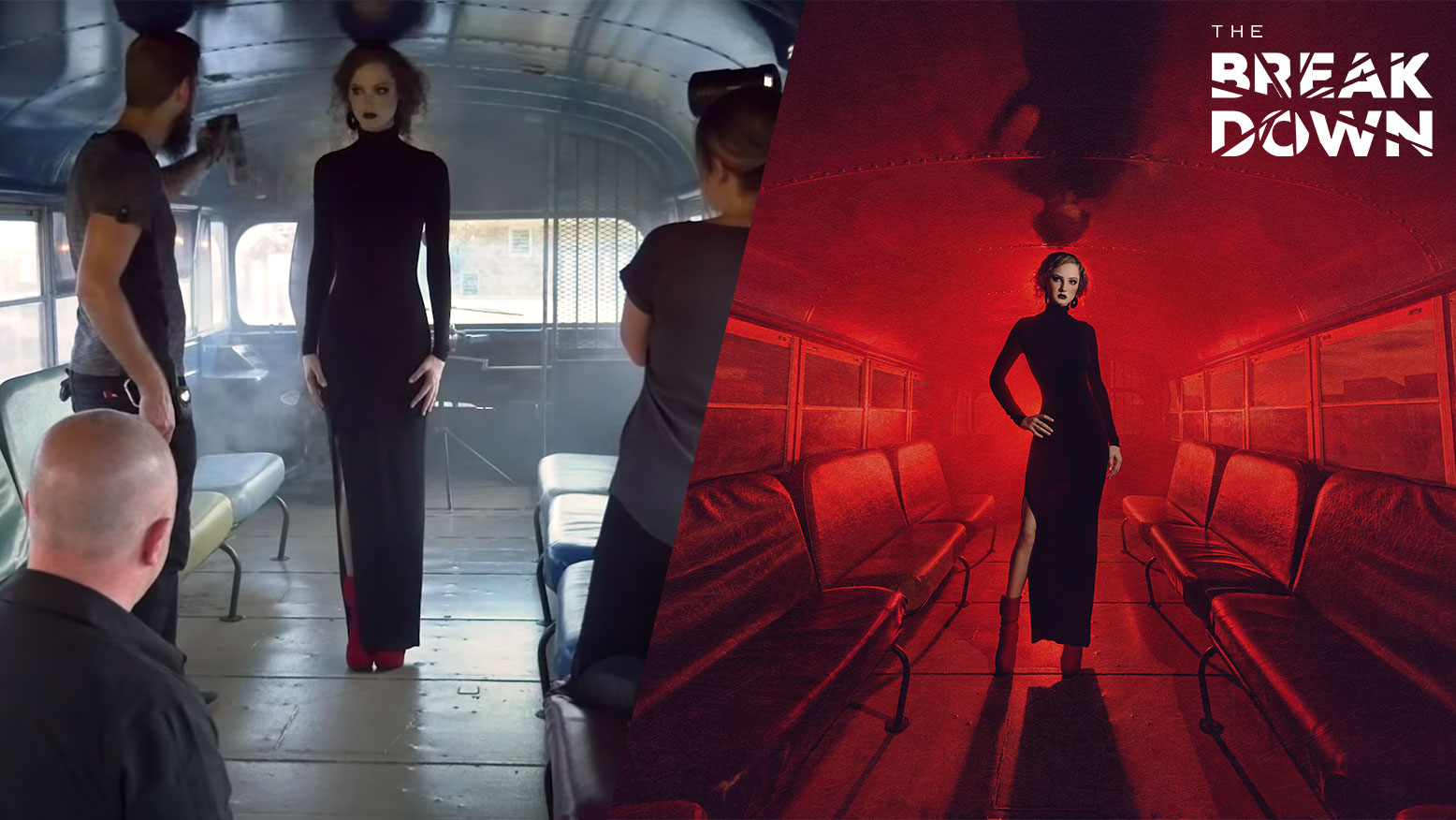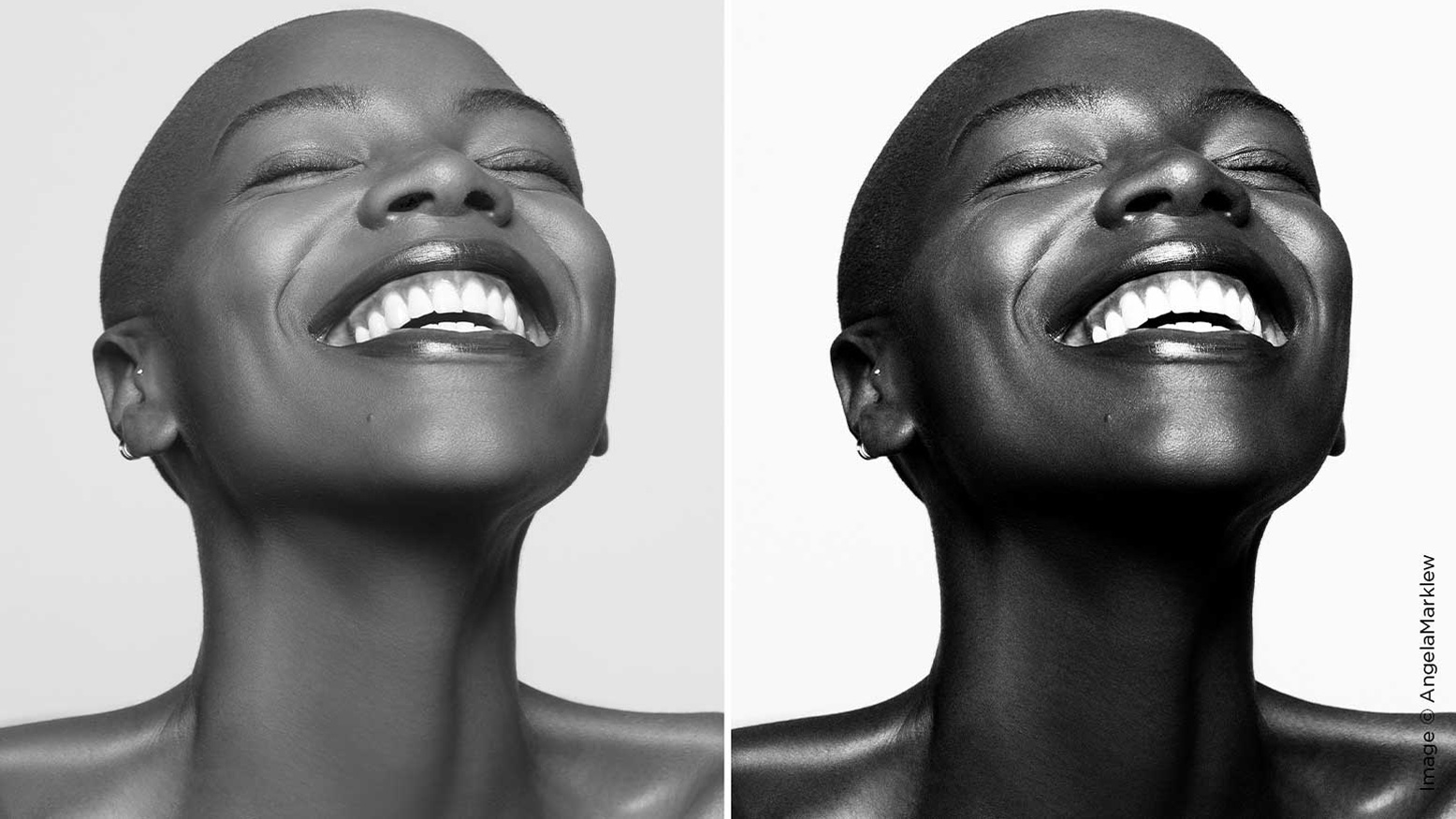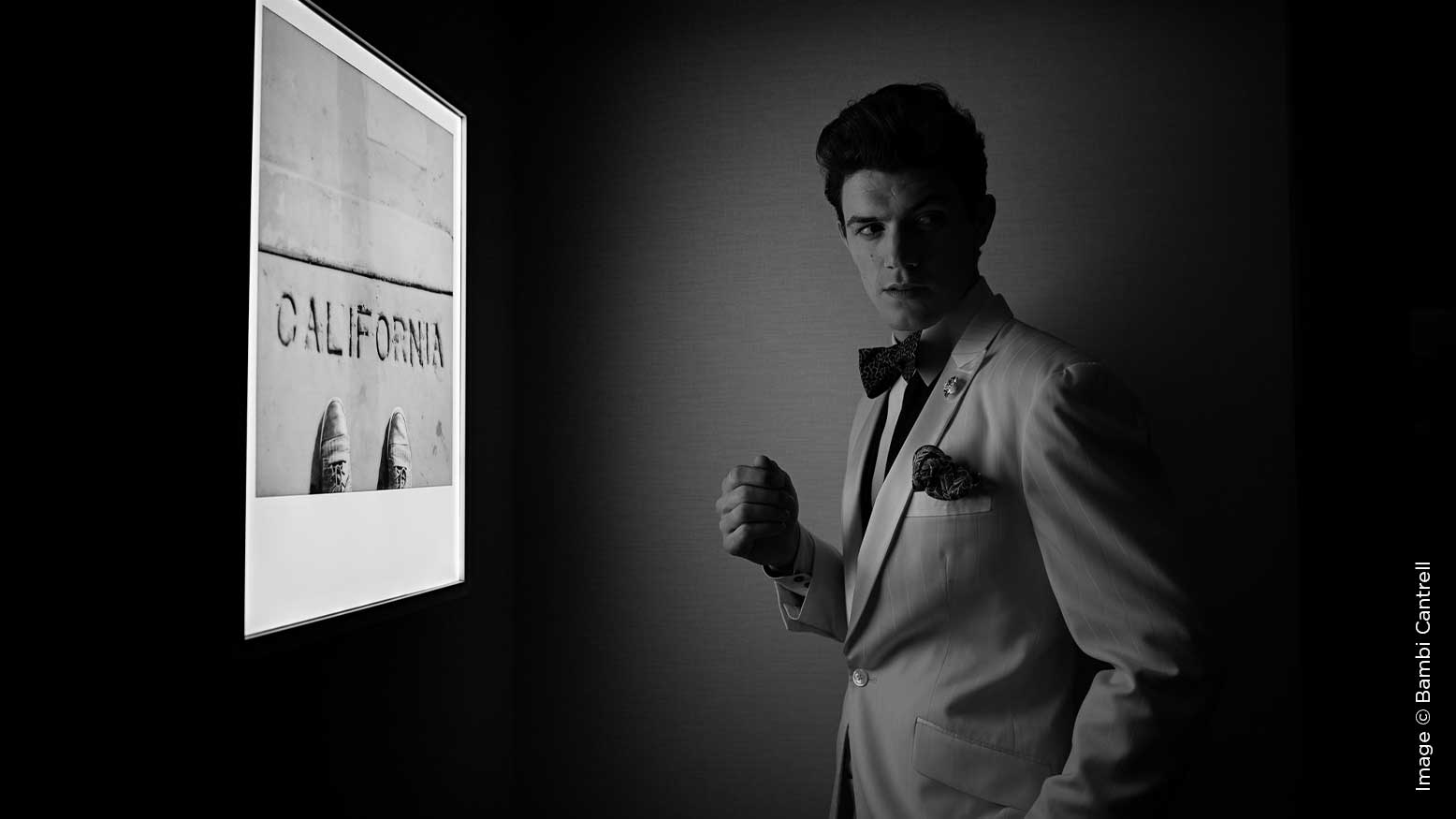One-Light Setups
You can create your own magic anywhere you want with a battery-powered light and a small softbox or umbrella. When shooting outside, I love using the sun as my hair light and a softbox as my main light. No matter how bright the natural light is, placing the sun behind your subject will either create a subtle rim light on a cloudy day or a brilliant one on a sunny day.

